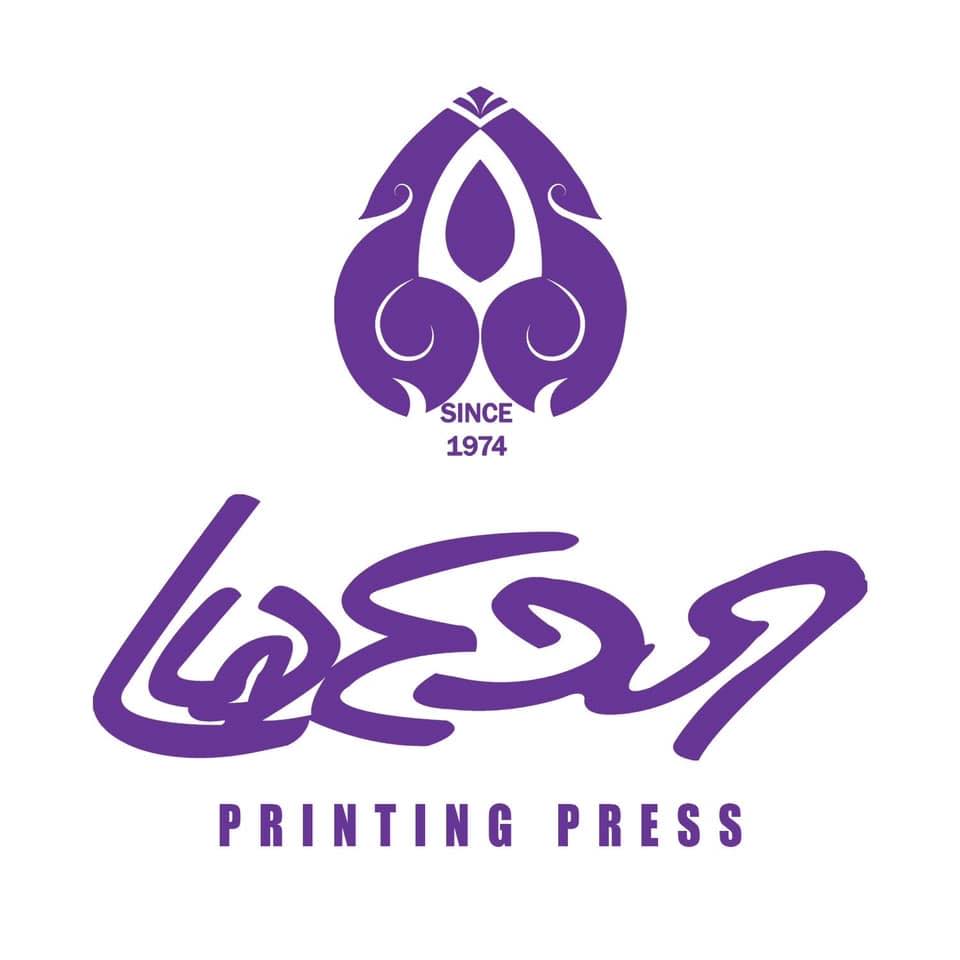AI fails to recognize these nature images 98% of the time
“Then, Photo Selector curates a diverse selection of photos based on what works well on Tinder – things like lighting, composition, and more.” Computer vision is increasingly used to help doctors diagnose illnesses, particularly through medical imaging. AI algorithms can analyze scans like X-rays or MRIs to detect abnormalities accurately, aiding in early diagnosis and treatment planning. This technology is beyond experimental in many areas, becoming a regular part of medical diagnostics. Spatial analysis using computer vision involves understanding the arrangement and relationship of objects in space, which is crucial for urban planning, architecture, and geography.
A more detailed picture could be obtained by exploring the links between political orientation and facial features extracted from images taken in a standardized setting while controlling for facial hair, grooming, facial expression, and head orientation. The researchers have developed a single algorithm that can be used to train a neural network to recognize images, text, or speech. The algorithm, called Data2vec, not only unifies the learning process but performs at least as well as existing techniques in all three skills.
A tiny new open-source AI model performs as well as powerful big ones
R-CNN belongs to a family of machine learning models for computer vision, specifically object detection, whereas YOLO is a well-known real-time object detection algorithm. Typically, image recognition entails building deep neural networks that analyze each image pixel. These networks are fed as many labeled images as possible to train them to recognize related images. Deep learning is part of the ML family and involves training artificial neural networks with three or more layers to perform different tasks. These neural networks are expanded into sprawling networks with a large number of deep layers that are trained using massive amounts of data. Examples of ML include search engines, image and speech recognition, and fraud detection.

As for the customer experience, AI-driven visual search tools let customers find products by using images rather than text. Over time, AI systems improve on their performance of specific tasks, allowing them to adapt to new inputs and make decisions without being explicitly programmed to do so. In essence, artificial intelligence is about teaching machines to think and learn like humans, with the goal of automating work and solving problems more efficiently. High predictability of political orientation from facial images implies that there are significant differences between the facial images of conservatives and liberals. High out-of-sample accuracy suggests that some of them may be widespread (at least within samples used here). Those features were extracted from facial images and entered (separately and in sets) into tenfold cross-validated logistic regression to predict political orientation.
Detection technology has been heralded as one way to mitigate the harm from A.I. When provided with a photo where AI was used to change the identity of a person in the image, Optic was unable to tell that the photo had been altered. Anyone can upload an image or provide a link to an AI-generated image’s hosted location and Optic AI or Not is able to provide feedback on if the image is real or generated by AI in a matter of seconds. In 2020, HealthifyMe partnered with Indian food delivery service Swiggy to curate healthy meals and restaurants. The company is already in talks with multiple food and grocery services that could leverage its technology. Notably, HealthifyMe is not alone in the race, as other companies are also working on AI-powered food recognition.
virtual and augmented reality (
Certain categories, including kite and turtle, caused universal failure across all models, while others (notably pretzel and tractor) resulted in almost universal success across the tested models. Some of the classes in the tested systems were more granular than others, necessitating the application of averaged approaches. Image recognition and voice features aim to make the AI bot’s interface more intuitive. Maybe a certain 3-D printed nose could enough to make a computer think you’re someone else.
It helps in modeling 3D environments, analyzing pedestrian flows, or estimating the space used in retail environments. In sports, computer vision technology enhances both training and viewing experiences. ChatGPT It provides coaches with detailed analytics of players’ movements and game strategies. For viewers, it can offer automated highlights, real-time stats overlays, and enhanced interactivity in broadcasts.
As industries continue to adopt this technology, they unlock new potentials for growth and advancement. We give insights into how its application can change the way we function and interact. This summer, Agrawala and colleagues at Stanford and UC Berkeley unveiled an AI-based approach to detect the lip-sync technology. The new program accurately spots more than 80 percent of fakes by recognizing minute mismatches between the sounds people make and the shapes of their mouths.
Similarly, you could see how the randomly generated image that triggered “monarch” would resemble butterfly wings, or how the one that was recognized as “ski mask” does look like an exaggerated human face. However, they all function in somewhat similar ways — by feeding data in and letting the model figure out for itself whether it has made the right interpretation or decision about a given data element. Gregory says it can be counterproductive to spend too long trying to analyze an image unless you’re trained in digital forensics. And too much skepticism can backfire — giving bad actors the opportunity to discredit real images and video as fake. Chances are you’ve already encountered content created by generative AI software, which can produce realistic-seeming text, images, audio and video.
This record lasted until February 2015, when Microsoft announced it had beat the human record with a 4.94 percent error rate. And then just a few months later, in December, Microsoft beat its own record with a 3.5 percent classification error rate at the most recent ImageNet challenge. For this stage of testing, the author curated 50 images and formulated 241 questions around them, 132 of which had positive answers, and 109 negative. This method has the advantage of requiring much less data than others, thus reducing computation time to minutes or hours. And like it or not, generative AI tools are being integrated into all kinds of software, from email and search to Google Docs, Microsoft Office, Zoom, Expedia, and Snapchat. ChatGPT fabricated a damaging allegation of sexual harassment against a law professor.
When you book a flight, it is often an artificial intelligence, no longer a human, that decides what you pay. When you get to the airport, it is an AI system that monitors what you do at the airport. And once you are on the plane, an AI system assists the pilot in flying you to your destination. The series begins with an image from 2014 in the top left, a primitive image of a pixelated face in black and white. As the first image in the second row shows, just three years later, AI systems were already able to generate images that were hard to differentiate from photographs. In a short period, computers evolved so quickly and became such an integral part of our daily lives that it is easy to forget how recent this technology is.
In the marketing industry, AI plays a crucial role in enhancing customer engagement and driving more targeted advertising campaigns. Advanced data analytics allows marketers to gain deeper insights into customer behavior, preferences and trends, while AI content generators help them create more personalized content and recommendations at scale. AI can also be used to automate repetitive tasks such as email marketing and social media management. AI in retail amplifies the customer experience by powering user personalization, product recommendations, shopping assistants and facial recognition for payments. For retailers and suppliers, AI helps automate retail marketing, identify counterfeit products on marketplaces, manage product inventories and pull online data to identify product trends.
In the last few years, AI systems have helped to make progress on some of the hardest problems in science. AI systems also increasingly determine whether you get a loan, are eligible for welfare or get hired for a particular job. How rapidly the world has changed becomes clear by how even quite recent computer technology feels ancient today. Because the student does not try to guess the actual image or sentence but, rather, the teacher’s representation of that image or sentence, the algorithm does not need to be tailored to a particular type of input. The text on the books in the background is just a blurry mush, for example. Yes, it’s been made to look like a photo with a shallow depth of field, but the text on those blue books should still be readable.
What Is Artificial Intelligence?
Often, AI puts its effort into creating the foreground of an image, leaving the background blurry or indistinct. Scan that blurry area to see whether there are any recognizable outlines of signs that don’t seem to contain any text, or topographical features that feel off. Even Khloe Kardashian, who might be the most criticized person on Earth for cranking those settings all the way to the right, gives far more human realness on Instagram. While her carefully contoured and highlighted face is almost AI-perfect, there is light and dimension to it, and the skin on her neck and body shows some texture and variation in color, unlike in the faux selfie above. But get closer to that crowd and you can see that each individual person is a pastiche of parts of people the AI was trained on.
The current methodology does concentrate on recognizing objects, leaving out the complexities introduced by cluttered images. Many deep-fake videos rely on face-swapping, literally super-imposing one person’s face over the video of someone else. But while face-swapping tools can be convincing, they are relatively crude and usually leave digital or visual artifacts that a computer can detect. You can foun additiona information about ai customer service and artificial intelligence and NLP. Many wearable sensors and devices used in the healthcare industry apply deep learning to assess the health condition of patients, including their blood sugar levels, blood pressure and heart rate.
Initially, the computer program might be provided with training data — a set of images for which a human has labeled each image dog or not dog with metatags. The program uses the information it receives from the training data to create a feature set for dog and build a predictive model. In this case, the model the computer first creates might predict that anything in an image that has four legs and a tail should be labeled dog. With each iteration, the predictive ChatGPT App model becomes more complex and more accurate. In traditional ML, the learning process is supervised, and the programmer must be extremely specific when telling the computer what types of things it should be looking for to decide if an image contains a dog or doesn’t contain a dog. This is a laborious process called feature extraction, and the computer’s success rate depends entirely upon the programmer’s ability to accurately define a feature set for dog.
What is the difference between image recognition and object detection?
Leveraging digital images sourced from cameras and videos, coupled with advanced deep learning algorithms, computers adeptly discern and categorize objects, subsequently responding to their visual environment with precision. Deep learning algorithms are helping computers beat humans in other visual formats. Last year, a team of researchers at Queen Mary University London developed a program called Sketch-a-Net, which identifies objects in sketches. The program correctly identified 74.9 percent of the sketches it analyzed, while the humans participating in the study only correctly identified objects in sketches 73.1 percent of the time. To Clune, the findings suggest that neural networks develop a variety of visual cues that help them identify objects. These cues might seem familiar to humans, as in the case of the school bus, or they might not.
- AI image recognition technology enables real-time monitoring of stock levels.
- He coined the Turing test, which compares machine ability to human ability to see if people can detect it as artificial (convincing deepfakes are an example of AI passing the Turing test).
- Using both invisible watermarking and metadata in this way improves both the robustness of these invisible markers and helps other platforms identify them.
- Prisma transcends the ordinary realm of photo editing apps by infusing artistry into every image.
Essentially, we’re talking about a system or machine capable of common sense, which is currently unachievable with any available AI. A major function of AI in consumer products is personalization, whether for targeted ads or biometric security. This is why your phone can distinguish your face from someone else’s when you’re unlocking it with Face ID, for example — it’s learned what yours looks like by referencing billions of other people’s faces and matching specific data points.
Computer vision has witnessed remarkable advancements fueled by artificial intelligence and computing capabilities breakthroughs. Its integration into everyday life is steadily increasing, with projections indicating a market size nearing $41.11 billion by 2030 and a compound annual growth rate (CAGR) of 16.0% from 2020 to 2030. In the meantime, it’s important people consider several things when determining if content has been created by AI, like checking whether the account sharing the content is trustworthy or looking for details that might look or sound unnatural. In the realm of security and surveillance, Sighthound Video emerges as a formidable player, employing advanced image recognition and video analytics. The image recognition apps include amazing high-resolution images of leaves, flowers, and fruits for you to enjoy.
The phrase AI comes from the idea that if intelligence is inherent to organic life, its existence elsewhere makes it artificial. Computer scientist Alan Turing was one of the first to explore the idea that machines could use information and logic to make decisions as people do. He coined the Turing test, which compares machine ability to human ability to see if people can detect it as artificial (convincing deepfakes are an example of AI passing the Turing test). The feature “Are You Sure?,” released in 2021, detects potentially harmful or inappropriate language in an opening line and asks the user if they are sure they want to send it.
Using a slightly different evolutionary technique, they generated another set of images. These all look exactly alike—which is to say, nothing at all, save maybe a broken TV set. And yet, state of the art neural networks pegged them, with upward of 99 percent certainty, as centipedes, cheetahs, and peacocks. how does ai recognize images Unstructured data can only be analyzed by a deep learning model once it has been trained and reaches an acceptable level of accuracy, but deep learning models can’t train on unstructured data. These techniques include learning rate decay, transfer learning, training from scratch and dropout.
Each is programmed to recognize a different shape or color in the puzzle pieces. A neural network is like a group of robots combining their abilities to solve the puzzle together. Like a human, AGI could potentially understand any intellectual task, think abstractly, learn from its experiences, and use that knowledge to solve new problems.
CLIP: Connecting text and images – OpenAI
CLIP: Connecting text and images.
Posted: Tue, 05 Jan 2021 08:00:00 GMT [source]
First, users feed the existing network new data containing previously unknown classifications. Once adjustments are made to the network, new tasks can be performed with more specific categorizing abilities. Learning rates that are too high can result in unstable training processes or the learning of a suboptimal set of weights. Learning rates that are too small can produce a lengthy training process that has the potential to get stuck. Deep learning has various use cases for business applications, including data analysis and generating predictions. It’s also an important element of data science, including statistics and predictive modeling.
In the seventh line, we set the path of the JSON file we copied to the folder in the seventh line and loaded the model in the eightieth line. Finally, we ran prediction on the image we copied to the folder and print out the result to the Command Line Interface. Next, create another Python file and give it a name, for example FirstCustomImageRecognition.py . Copy the artificial intelligence model you downloaded above or the one you trained that achieved the highest accuracy and paste it to the folder where your new python file (e.g FirstCustomImageRecognition.py ) .
Saul notes that an additional challenge would have been to test the neural networks on obfuscated images collected from a broader array of real-world situations and conditions, instead of only testing on more standardized images from existing data sets. But based on their current findings, he argues that more practical application would likely be possible. To execute the attacks, the team trained neural networks to perform image recognition by feeding them data from four large and well-known image sets for analysis. The more words, faces, or objects a neural network “sees,” the better it gets at spotting those targets. Finally, they used obfuscated test images that the neural networks hadn’t yet been exposed to in any form to see whether the image recognition could identify faces, objects, and handwritten numbers.







